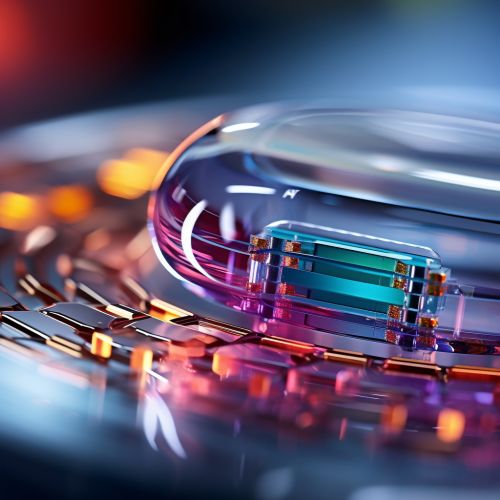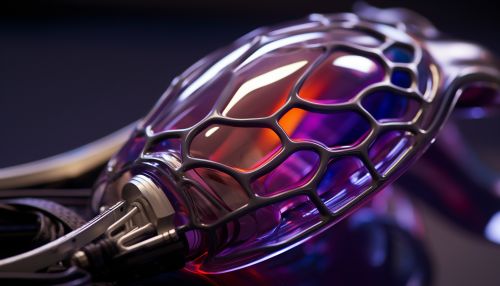Advances in Biocompatible Coatings for Medical Devices
Introduction
Biocompatible coatings for medical devices represent a significant area of research in the field of biomedical engineering. These coatings are designed to improve the performance and longevity of medical devices, while minimizing adverse reactions in the body. The development and application of these coatings have seen significant advancements in recent years, driven by the increasing demand for more effective and safer medical devices.


Biocompatibility and its Importance
Biocompatibility refers to the ability of a material to perform with an appropriate host response in a specific application. In the context of medical devices, biocompatible materials do not cause adverse reactions when implanted in the body. Biocompatibility is crucial for medical devices as it ensures the device can function as intended without causing harm to the patient. This is particularly important for devices that are in direct contact with tissues or bodily fluids, such as cardiac pacemakers, orthopedic implants, and catheters.
Types of Biocompatible Coatings
There are several types of biocompatible coatings used in medical devices, each with unique properties that make them suitable for specific applications.
Hydrophilic Coatings
Hydrophilic coatings are water-attracting coatings that reduce friction, making medical devices easier to insert and maneuver. These coatings are commonly used in devices such as catheters and guidewires.
Antimicrobial Coatings
Antimicrobial coatings are designed to prevent the growth of bacteria and other microorganisms on the surface of medical devices. This is particularly important for devices that are implanted in the body for extended periods, as it reduces the risk of infection.
Drug-Eluting Coatings
Drug-eluting coatings are used to deliver drugs directly to a specific area of the body. This is commonly used in stents, where the coating slowly releases a drug to prevent the artery from narrowing again after the stent has been implanted.
Advancements in Biocompatible Coatings
The field of biocompatible coatings for medical devices has seen significant advancements in recent years. These advancements have been driven by a combination of technological innovation and a growing understanding of the body's response to implanted devices.
Nanotechnology
Nanotechnology has played a significant role in the advancement of biocompatible coatings. The use of nanoparticles in coatings allows for greater control over the release of drugs from drug-eluting coatings. Additionally, the small size of nanoparticles allows them to interact with biological systems at the molecular level, improving the biocompatibility of the device.
Bioactive Coatings
The development of bioactive coatings represents a significant advancement in biocompatible coatings. These coatings can bond with tissues in the body, improving the integration of the device with the surrounding tissue. This can improve the performance and longevity of the device.
Personalized Medicine
The field of personalized medicine has also influenced the development of biocompatible coatings. By tailoring the properties of the coating to the individual patient, it is possible to improve the effectiveness of the device and reduce the risk of adverse reactions.
Challenges and Future Directions
Despite the significant advancements in biocompatible coatings for medical devices, there are still several challenges to overcome. These include the need for more effective antimicrobial coatings to combat the growing problem of antibiotic resistance, and the development of coatings that can adapt to changes in the body over time.
Looking forward, the field of biocompatible coatings is likely to continue to evolve, driven by advancements in areas such as nanotechnology and personalized medicine. The development of smarter, more adaptive coatings represents an exciting area of future research.
